For most of human history, nature wasn’t something we escaped to—it was home.
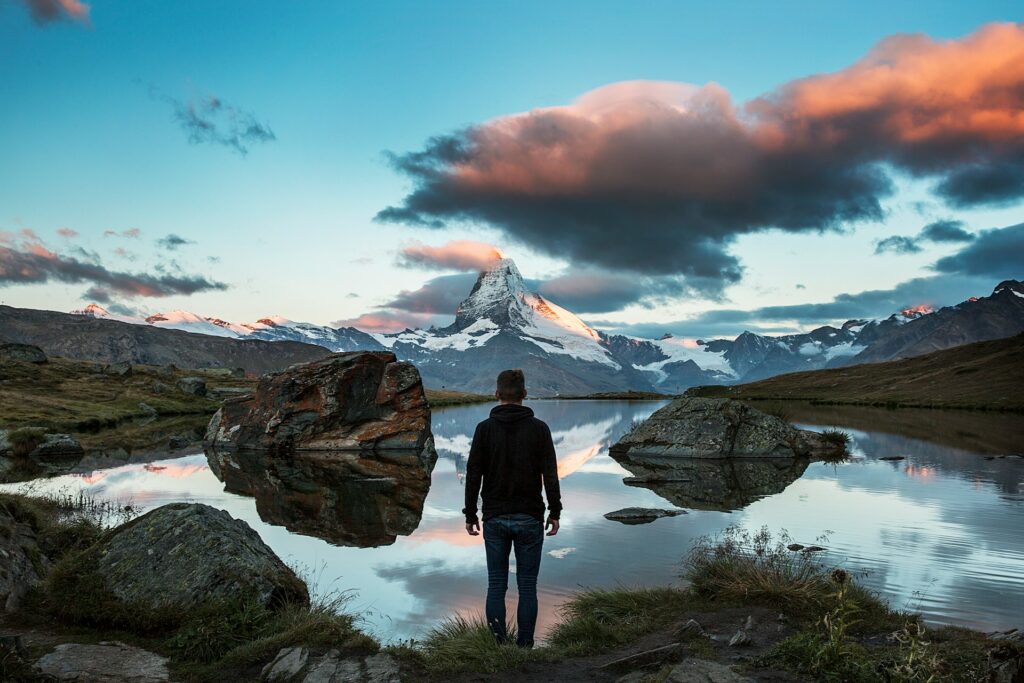
From the moment we woke up to the time we fell asleep, the natural world was both the stage and the script of our lives. People understood seasonal rhythms, tracked animal movements, knew when the rains would come, and read the sky like a calendar. Nature wasn’t just around us; it shaped everything from our food to our stories to our spiritual beliefs. But now, in many parts of the world, nature has become an occasional visitor in our lives—something we dip into on holidays or glance at through a screen.
The question is no longer just about environmental policy or sustainability—it’s personal. Are we forgetting how to be in nature? And if so, what does that mean for our health, our perspective, and our place in the world?
The baseline is shifting, and that’s how disconnection creeps in.
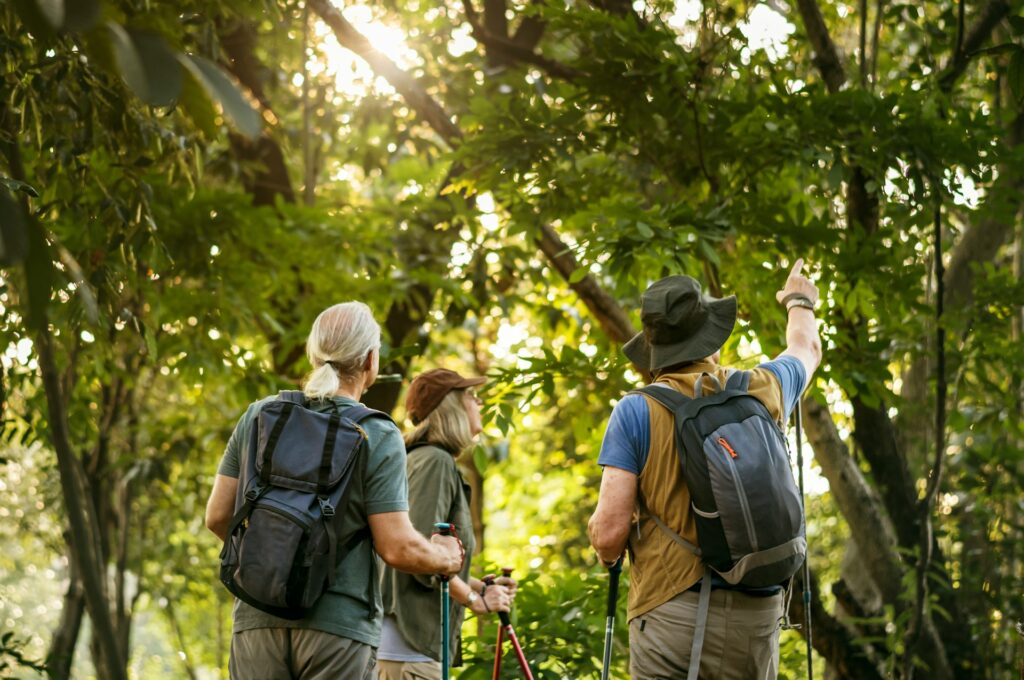
One of the most subtle and dangerous parts of this disconnection is that it often goes unnoticed. The term “shifting baseline syndrome” refers to how each generation sees the world they grow up with as normal—even if that world is significantly depleted compared to the one before it. Forests shrink, species disappear, rivers dry up, and we adjust, not realising the true scale of the loss.
A 2018 study published in Nature Communications found that people’s environmental awareness is strongly influenced by what they experienced as children. If children grow up with fewer birds, less green space, or polluted air, that becomes their baseline of what’s “normal.” It also means that public pressure to protect or restore nature weakens because fewer people remember what was lost.
Our lives are moving indoors, and online.

Modern life keeps us inside more than ever before. The U.S. Environmental Protection Agency reports that Americans, on average, spend 90% of their time indoors. In the UK and other highly urbanised countries, that figure is similar. It’s not just about being inside buildings—we’re also increasingly immersed in digital worlds.
Screens have replaced skylines, and online conversations have replaced the quiet hum of natural soundscapes. It’s not inherently bad—technology has its place—but it pulls our attention away from the real, physical world. When you’re constantly connected to your phone, your connection to the earth beneath your feet tends to fade.
For children, the consequences are even more pronounced. A 2016 report by The Wildlife Trusts found that only 21% of UK children felt a strong connection to nature. The National Trust has also reported that children spend on average half the amount of time outdoors compared to their parents’ generation. This nature-deficit can affect everything from physical health to cognitive development to empathy.
It matters more than we realise.
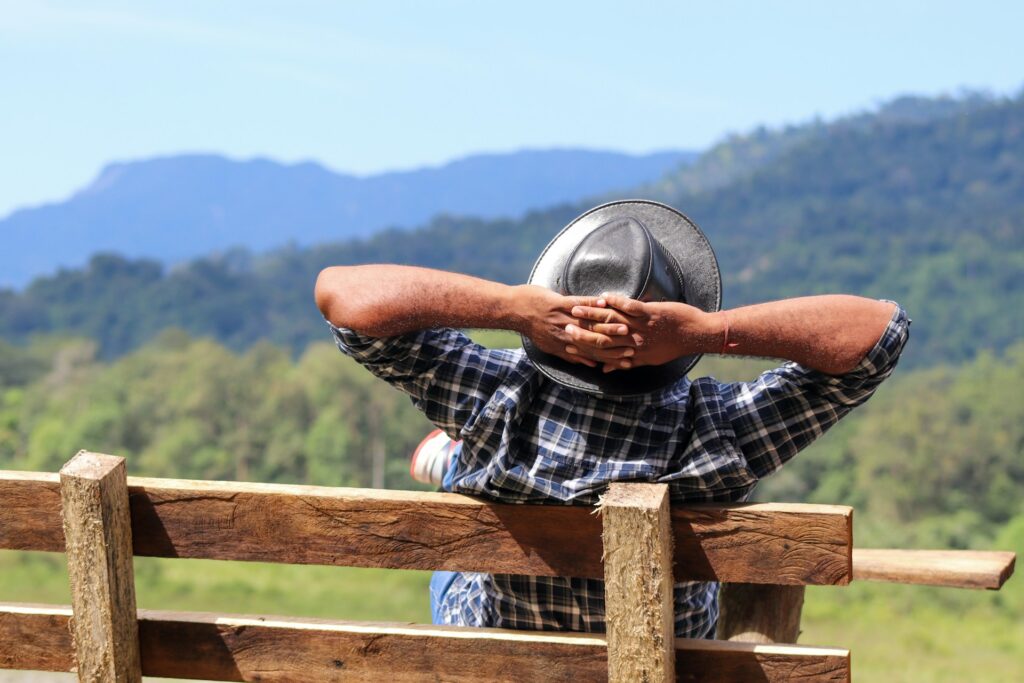
When nature becomes a concept rather than a constant, it stops being a priority. People are less likely to vote for green policies, support conservation projects, or change behaviours that contribute to environmental harm. And beyond that, something deeper is lost: our sense of belonging to the world.
Studies have shown that people who feel connected to nature are more likely to engage in sustainable behaviours, from reducing waste to supporting rewilding projects. A 2021 study from the University of Exeter highlighted that strong nature connectedness was a better predictor of environmentally responsible behaviour than general environmental attitudes.
Nature connection is also tied to mental health. Green space exposure has been associated with reduced levels of stress, anxiety, and depression. According to a study published in Frontiers in Psychology, even just 20 minutes in nature can significantly reduce cortisol levels.
There was a momentary reset during the pandemic.
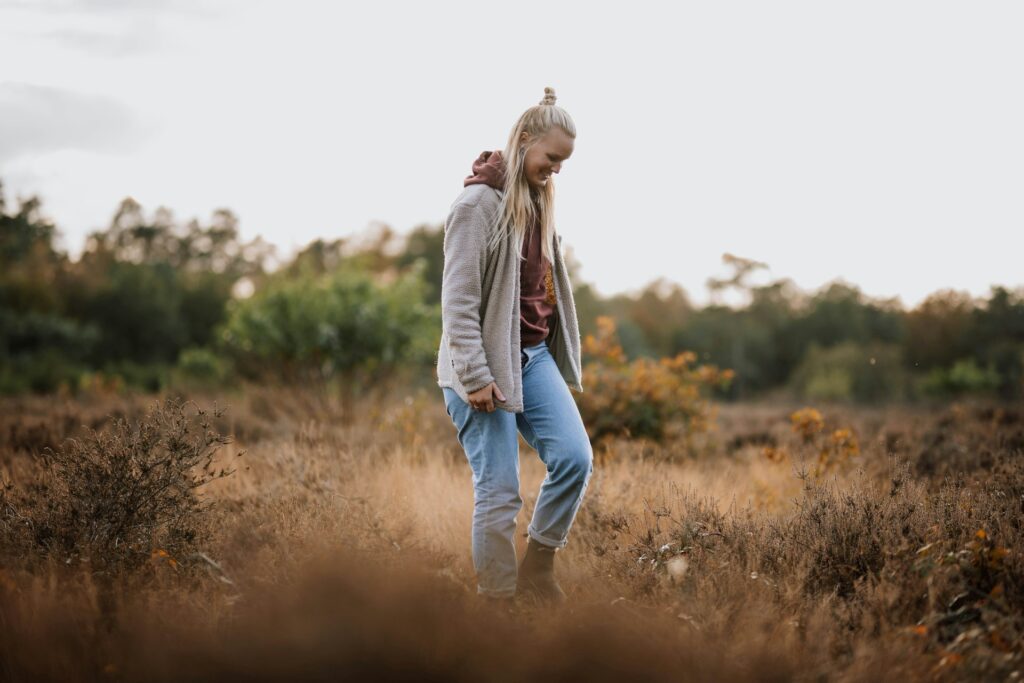
The COVID-19 pandemic forced millions of people to pause. With social lives disrupted and travel restricted, many rediscovered what was right outside their door. Local walks, birdsong, budding trees, and quiet green spaces suddenly became essential. Parks were full. Gardening exploded. Even in cities, people found solace in the presence of trees and skies not overshadowed by aeroplanes.
A 2022 study in People and Nature found that nature visits during lockdowns were associated with significant mental health benefits and deeper feelings of gratitude toward the natural world. But as restrictions lifted, daily routines resumed, and many of those newfound habits quietly faded.
That period of reconnection revealed something vital: we still need nature, even if we’ve forgotten how much.
The barriers keeping us apart are many.
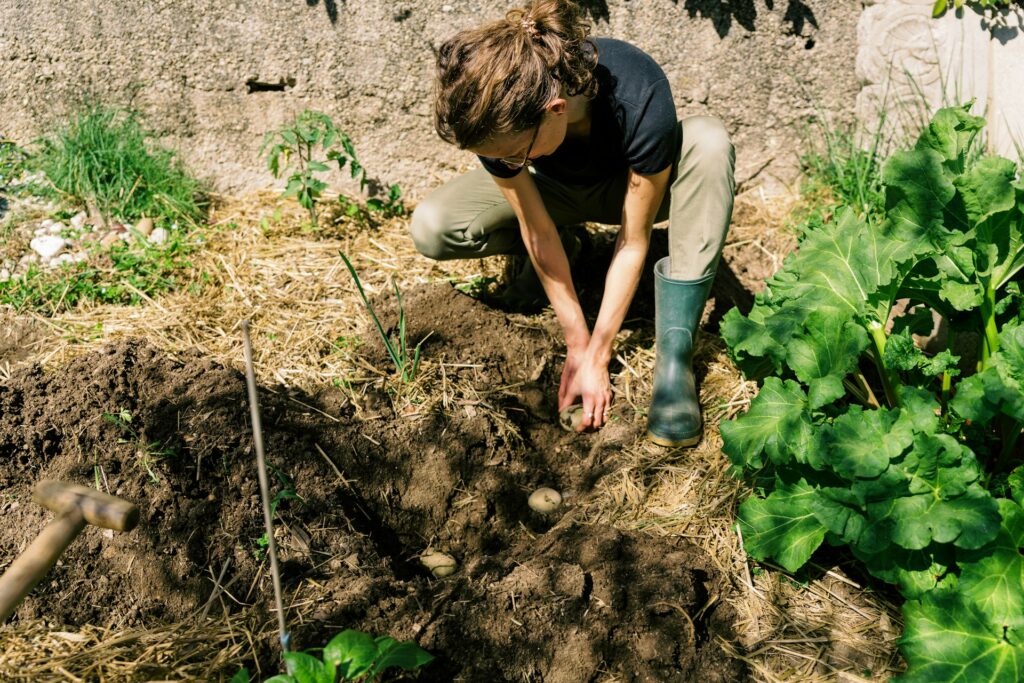
So what’s getting in the way of keeping that connection alive? The barriers are complex and layered:
Urbanisation has pushed more people into concrete-heavy environments with fewer trees, less wildlife, and fewer wild spaces.
Screen culture has turned many of our waking hours into interactions with curated, artificial environments.
Fear and access—some communities lack safe, accessible green space, or face cultural or economic barriers to enjoying it.
Educational gaps mean fewer children are taught about local species, ecosystems, or basic ecological literacy.
Over-scheduling has made quiet time in nature feel indulgent, rather than essential.
Even when nature is nearby, it’s easy to ignore it. A park becomes a shortcut to the shop. A tree-lined street is passed without notice. Nature can be right there, and still not be seen.
We need to focus on reconnection without romanticising.

Reconnecting with nature doesn’t have to mean living off-grid or hugging trees. It doesn’t require expensive gear or grand adventures. In fact, the most lasting connections often come from quiet, repeated moments.
1. Start close to home.
Explore your local area with fresh eyes. Even in cities, you can find birdlife, urban foxes, or native plants growing in cracks. Pay attention to seasonal changes. Notice what blooms, what migrates, what decays.
2. Make time for nature, even briefly.
You don’t need an hour. Ten or fifteen minutes of intentional time outdoors each day can change how you relate to your surroundings. Sit, listen, and observe. Let yourself be still.
3. Grow something.
Whether it’s herbs on a windowsill, wildflowers on a balcony, or vegetables in a garden, growing plants connects you with soil, light, weather, and life cycles in an immediate way.
4. Learn about local species.
Use an app like Merlin Bird ID or iNaturalist to discover what’s around you. The more you learn, the more you’ll notice, and the more you’ll care.
5. Walk without distractions.
Leave your phone in your pocket. Walk not for steps or fitness, but to observe. What sounds can you hear? What insects are flying? What direction is the wind coming from?
6. Support urban nature projects.
Campaign for trees in your neighbourhood. Volunteer with community gardens. Help protect local rivers or restore habitat. Reconnection is also about action.
7. Make it social, not performative.
Don’t worry about making your nature connection “Instagram-worthy.” Share it with friends, kids, neighbours. Quiet walks, shared sightings, and community cleanups all help reinforce the habit.
Why does our connection to nature even matter?
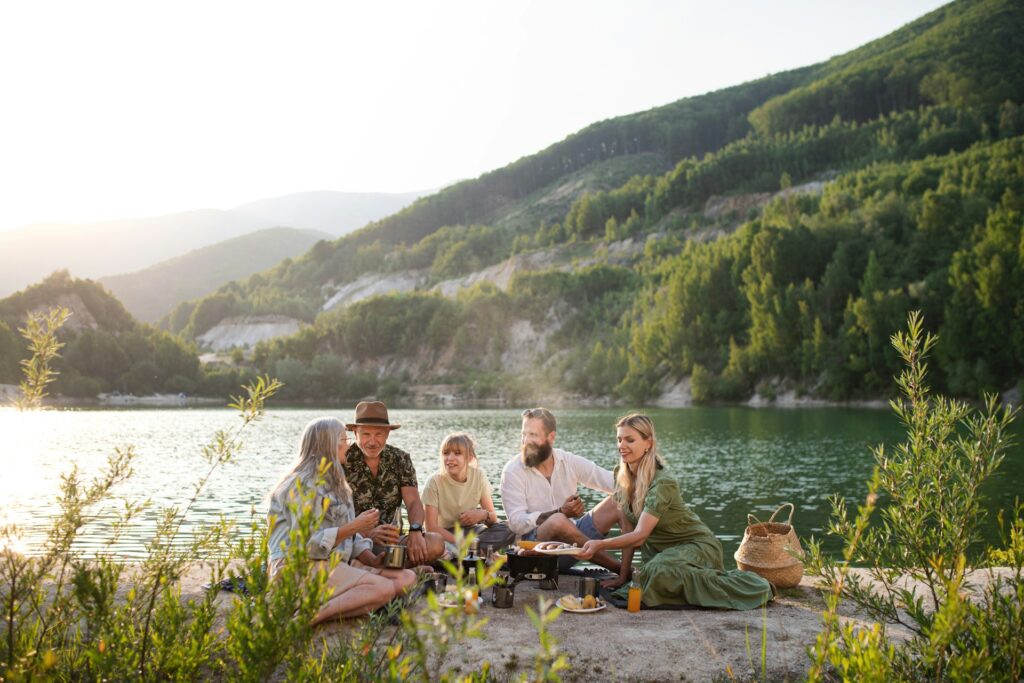
If we continue to drift away from the natural world, the risks are both personal and global. Without connection, we lose motivation to fight for the planet. Without familiarity, we lose our ecological memory. And without regular contact, we lose the physical and emotional grounding that nature provides.
But it’s not irreversible. Nature is forgiving. Even brief reconnection can spark lasting change. People who fall in love with the natural world tend to protect it. And people who protect it give future generations a chance to fall in love with it too.
All hope isn’t lost.

Are we losing our connection to the natural world? In many places, yes. But we’re also seeing signs of renewal—communities creating green corridors, schools reintroducing outdoor education, urban planners designing for biodiversity.
The key is remembering that connection is not just a personal luxury—it’s a collective responsibility. When we step outside, notice, listen, and care, we begin to bridge that gap. Not for the sake of sentimentality, but because our future depends on it.
We are not separate from the natural world. We are part of it. And it’s time we remembered.